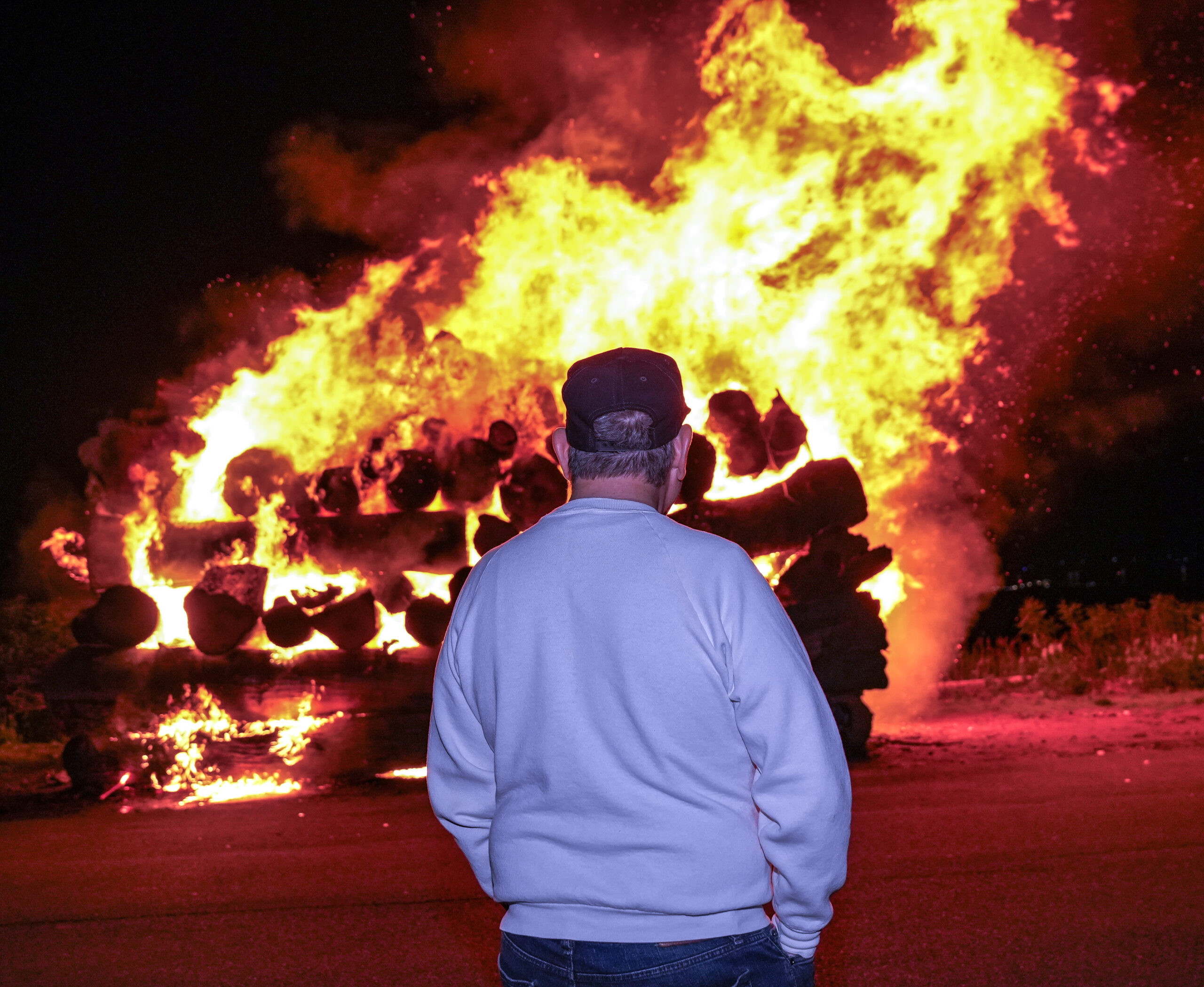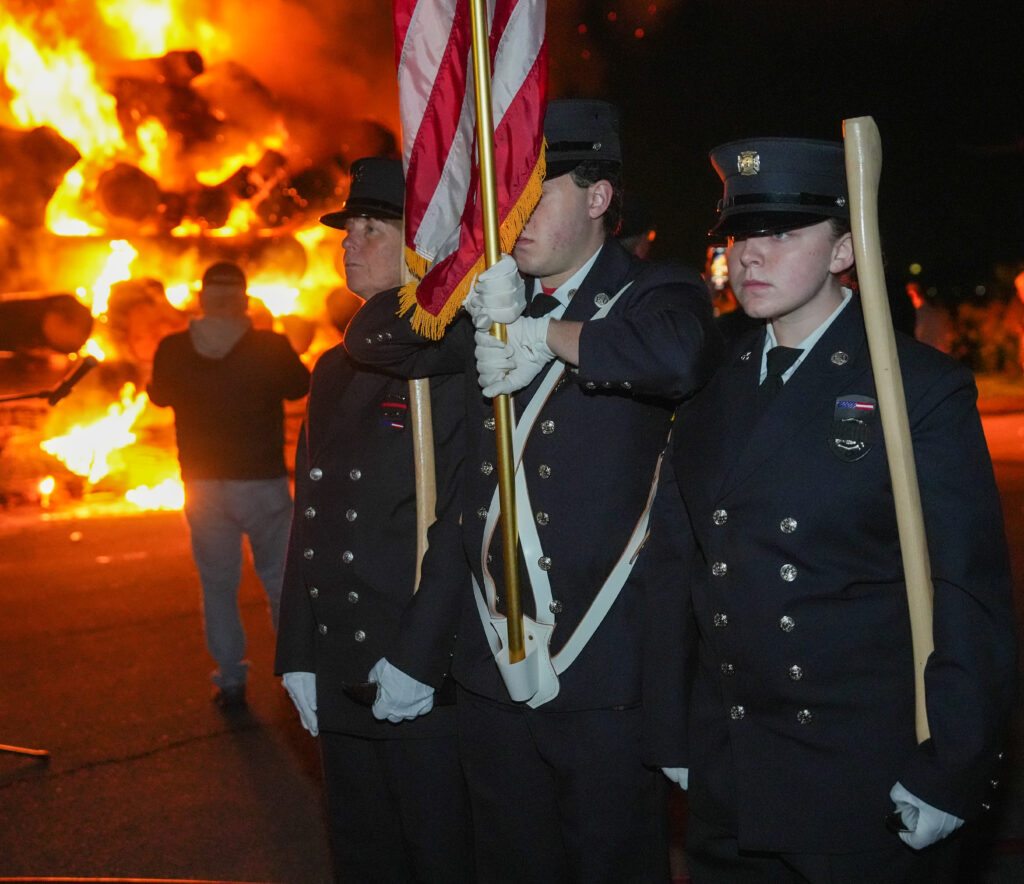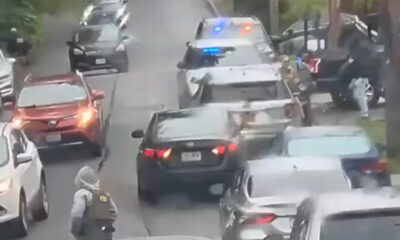ITHACA, N.Y. – Partnering with community organizations, Cornell University researchers are developing and planning a hyperlocal weather forecasting system designed to improve winter-storm emergency response and enhance natural disaster coordination for New York state’s rural communities.
Max Zhang, professor of mechanical and aerospace engineering, will lead the federally funded effort this spring.
The work is part of the new Civic Innovation Challenge, an $11 million effort led by the National Science Foundation (NSF) in partnership with the U.S. Department of Energy and U.S. Department of Homeland Security. The four-month challenge seeks to empower communities to achieve necessary local weather and disaster solutions, so that one day such plans may be scaled up regionally or nationally.
“In case of a winter storm or other kind of natural disaster, there is a suite of actions that must be prioritized,” Zhang said. “As upstate towns usually have a limited budget, we’re tying together technology and actions plans.”
For example: “Information is critical for the highway departments to decide where to send the plows and salt trucks first, and decide the correct priority of actions,” he said. “We aim to develop a transferrable priority-action model for all of New York and then perhaps to the rest of the U.S. through the national cooperative extension network.”
Zhang said his group will be partnering with civic and community partners across New York, attempting several innovations integrating computer vision, numerical weather forecasting and Internet of Things-based sensing packages.

 Police/Fire/EMS1 week ago
Police/Fire/EMS1 week ago
 Community1 week ago
Community1 week ago
 Politics1 week ago
Politics1 week ago
 Government1 week ago
Government1 week ago

















